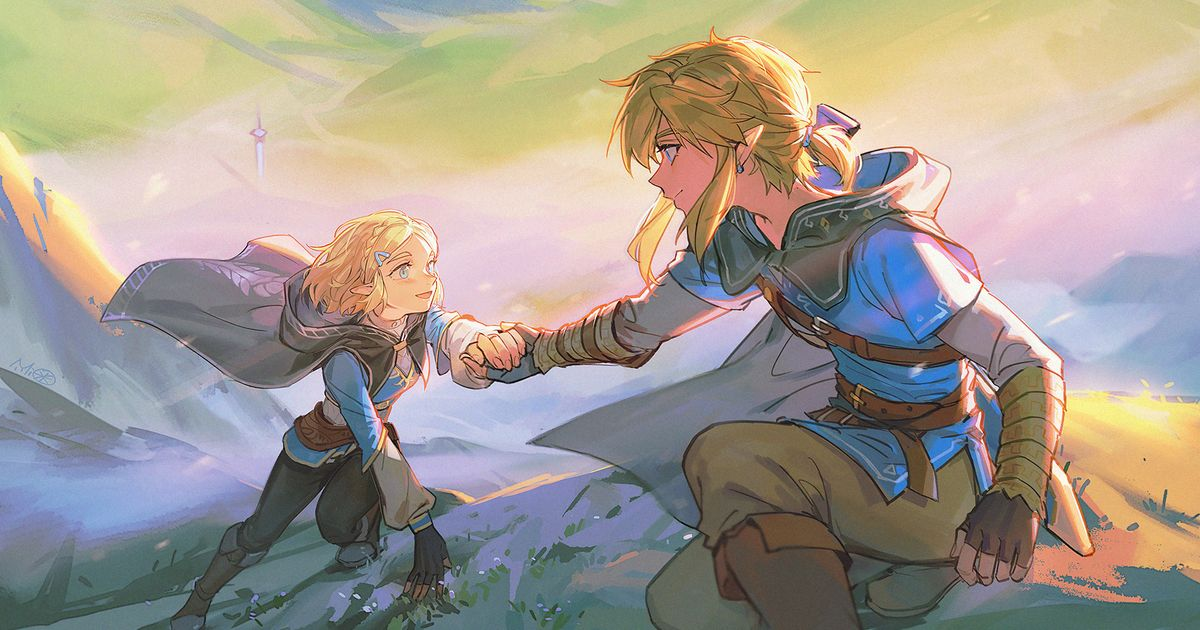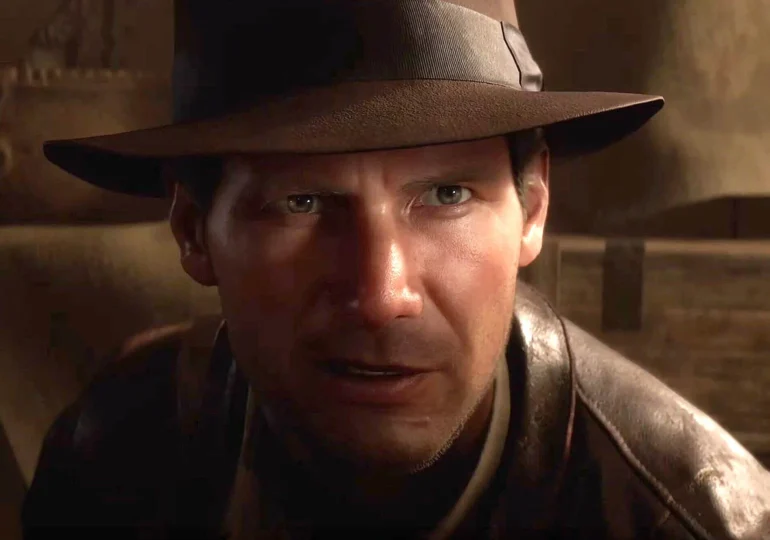Princess Zelda’s First Starring Role in Echoes of Wisdom: Reflections from Developers

This year marked a groundbreaking moment in Nintendo’s Legend of Zelda series, as Princess Zelda finally took center stage in Echoes of Wisdom, her first role as the main character. Newsbeat spoke with Eiji Aonuma, the series producer, and directors Tomomi Sano and Satoshi Terada about the development of the game and its innovative gameplay mechanics. For fans who have known Zelda primarily as the titular princess of Hyrule, seeing her as the protagonist was an exciting shift, especially since she explores the world in a unique way.
An Unconventional Approach to Zelda’s Abilities Echoes of Wisdom was first revealed in June at the Nintendo Direct showcase, surprising fans with a fresh, innovative play style. Unlike previous games where the protagonist wields a sword and shield, this title gave Zelda the power to copy and use objects or enemies she encounters. Known as “echoes,” these copied items could then be placed strategically in the game world to solve puzzles and progress through obstacles. For example, players could stack items to scale walls or summon multiple enemies to engage with a boss.
Producer Aonuma explained that while Zelda’s role as the protagonist was noteworthy, he was more concerned about how fans would respond to the new echo-based gameplay. Terada and Sano echoed this sentiment, admitting they watched fan reactions closely after the reveal, relieved by the positive reception.
Adapting to the New Mechanics Early player feedback highlighted the learning curve with the echo mechanics. Aonuma himself experienced this adjustment period, noting that his gameplay evolved as he discovered multiple ways to approach challenges. He believes that once players grasp the flexibility of echoes, it becomes a defining part of the Echoes of Wisdom experience, offering varied solutions for each puzzle.
Community Creativity and Developer Surprises Similar to 2023’s Tears of the Kingdom, where players used game mechanics to create elaborate structures, Echoes of Wisdom quickly inspired fans to test creative ways of using echoes. Terada, surprised by some player strategies, shared his amazement at a widely circulated trick where players combine a bed with a tornado to launch Zelda into the air—a method the developers hadn’t anticipated.
Sano added that players even used the tornado and bed combination to navigate over mountains, highlighting the unexpected ingenuity of the community.
Addressing Game Criticisms While Echoes of Wisdom has received praise for its innovative gameplay, it has also faced some criticism, particularly regarding performance issues on the Nintendo Switch. Players reported unstable frame rates due to the console’s aging hardware. Sano explained that the team opted for a variable frame rate to balance the game’s performance, which they felt was the best solution given the limitations.
The menu system, which involves scrolling through up to 127 echoes, also received mixed feedback. Some players found the process cumbersome, despite filters for organization. Terada noted that they wanted players to experiment with different echoes and hoped the layout would encourage this exploration. He pointed out that a “notebook method” allows players faster access to collected echoes, offering a streamlined alternative for those looking for easier navigation.
Reviving the Classic Top-Down Style Looking forward, Aonuma noted that Echoes of Wisdom retains elements of classic Zelda games, especially its top-down perspective reminiscent of early series entries. He admitted that creating a new game in this style was initially daunting but believes it successfully rekindled interest in this classic format. As Zelda approaches its 40th anniversary in 2026, Aonuma sees a future for both 3D and 2D Zelda games, emphasizing Nintendo’s commitment to blending nostalgic styles with fresh gameplay ideas.
While Nintendo fans eagerly await news on the Switch’s successor, Echoes of Wisdom represents an important milestone for Zelda’s character and gameplay evolution. Aonuma’s vision includes expanding both the dynamic 3D Zelda titles and top-down 2D experiences, ensuring a diverse future for the beloved franchise.





















